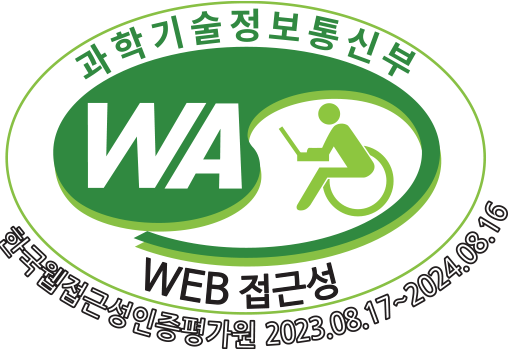Nameplates of Bokcheonggyo bridge and Souigyo bridge
Bokcheonggyo Bridge (original names: Hyejeonggyo Bridge or Hyegyo Bridge) used to be located at the place, where Samcheongdongcheon Stream flows into Jongno. It was first built as a stone bridge during the stream repair work in 1412 (the 12th year of King Taejong’s reign)and replaced with a concrete bridge in 1926 during the colonial period, with the name changed to Bokcheonggyo. This stone marker is thought to be an indication structure set up at that time. Souigyo is one of the bridges over the Manchocheon Stream, which used to flow into the Hangang River. The stream was also called Muakcheon, Galwolcheon, and Deongkullae. Most of the section of the stream has been covered with concrete, except for the 100m section between Namyeong Station and Yongsan Station. The stone marker of Souigyo Bridge was recently found in a sewage pipeline in Cheongpa-ro.





























